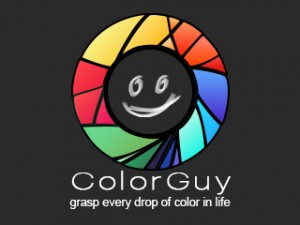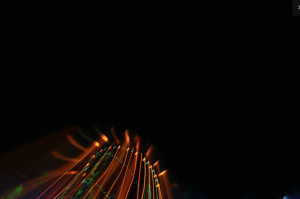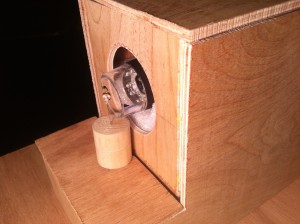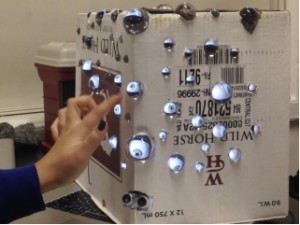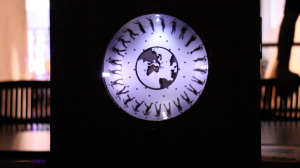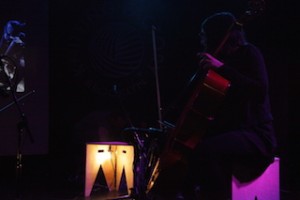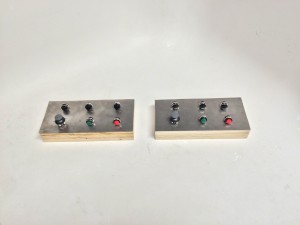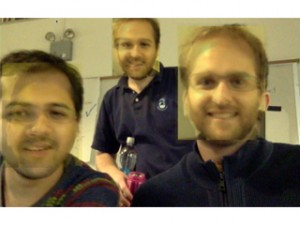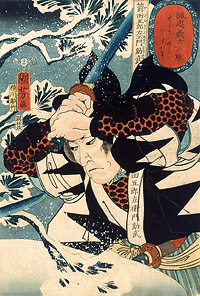Yu Hu
A mobile app to help you grasp every drop of color in life
Description
ColorGuy is a PhoneGap app, which could take photos, choose colors from that photo and type in words to describe your emotion at that moment.
As we know, colors are powerful: people are attracted by colorful products, designers want to use colors to make things functional and beautiful, fashion guys want to express their styles by colors…
The goal of this application is to let people who love colors keep a diary of colors in their life, play with colors and form a good taste.
Now we have a computer version color piker to help use analyze colors in pictures, we also have a lot of applications about colors in apple store. However, none of them like ColorGuy, which could let you analyze the colors around you in life and play with colors whenever and wherever you want!
Classes
Creative Javascript

